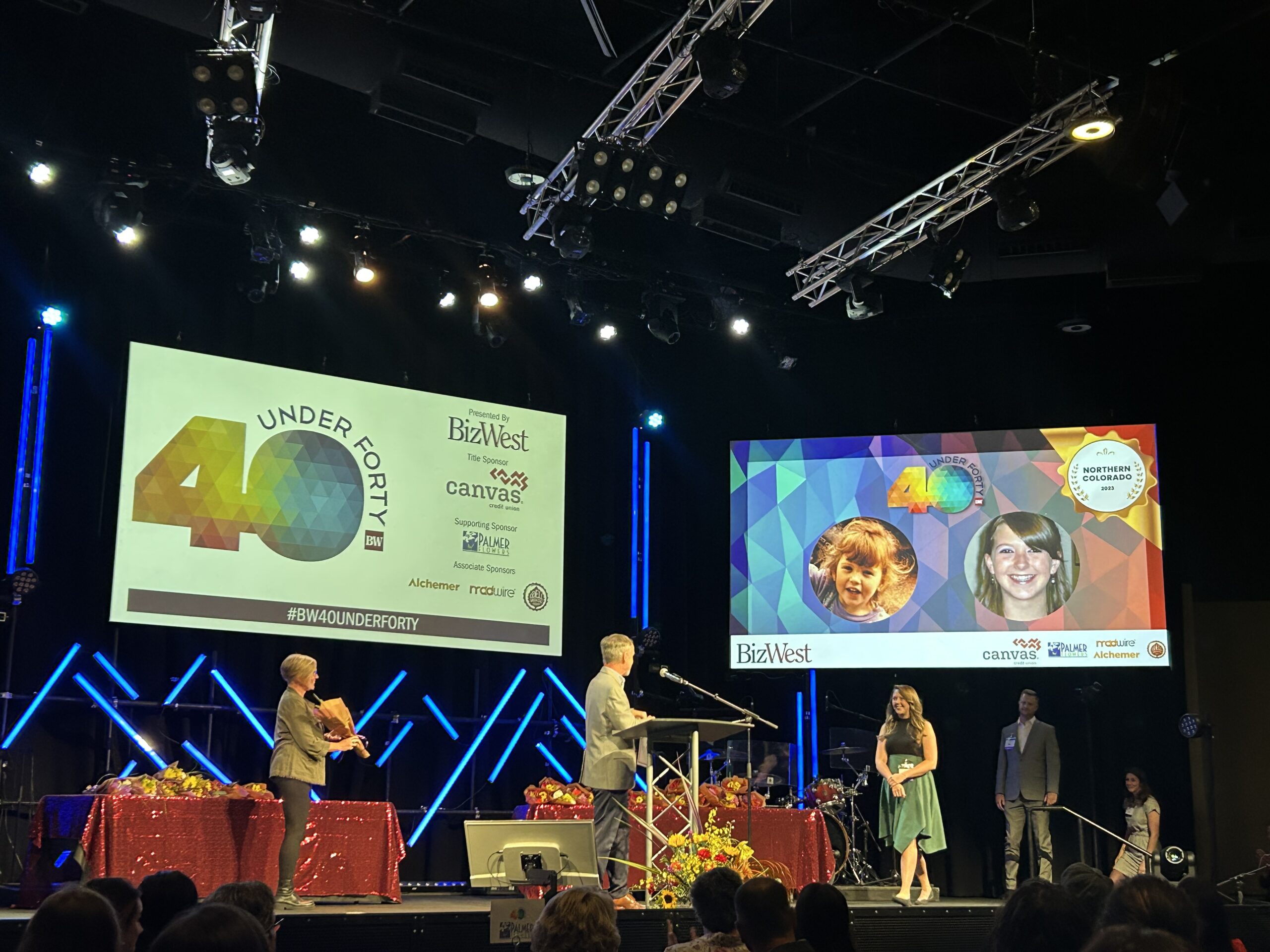Wild Things & Wild Places podcast: planting native trees for wildlife with OneCanopy
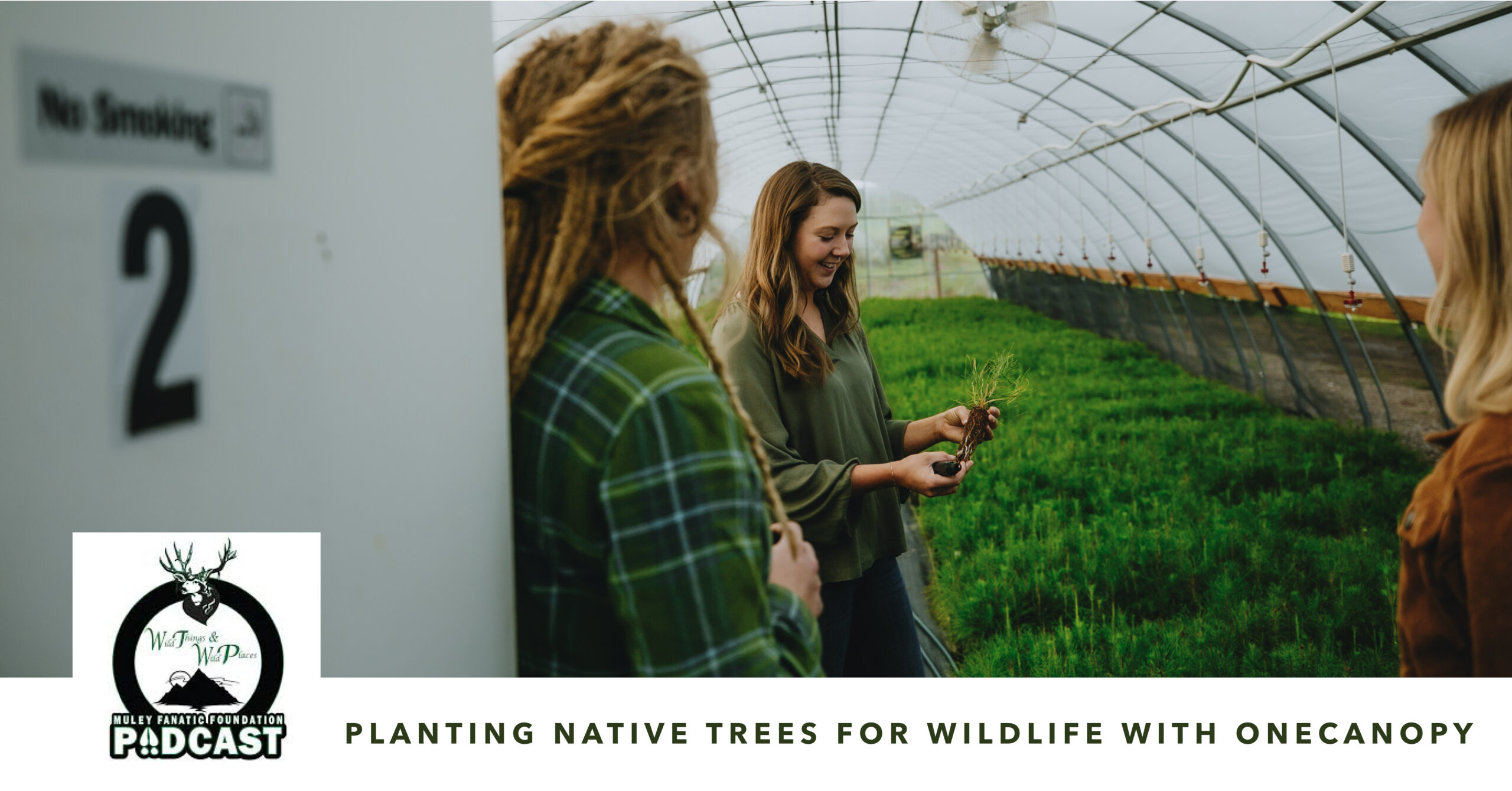
Wild Things & Wild Places host, Joshua Coursey, welcomes OneCanopy’s Director of Operations and Business Development, Katelynn Martinez, to talk about the importance of planting native trees and shrubs, particularly for species like mule deer. These efforts not only enhance biodiversity but also contribute to the overall health and resilience of ecosystems.
OneCanopy director panels Forest Congress annual gathering

Forest Congress inspires future natural resources leaders
The Women’s and Minoritized Genders’ Forest Congress is an annual gathering centered on minoritized genders in natural resource fields. According to the National Association of State Foresters, fewer than 20% of forestry employees are women.
The panel portion of the event featured Erika Lee, an instructor at the American Institute for Avalanche Research and Education; Katelynn Martinez, director of operations and business development at OneCanopy; and Naomi Marcus, director of professional development at the Society of American Foresters.
During their conversation, Lee, Martinez and Marcus touched on how they came into their professions and burn out when working in the field. They also discussed the importance of taking risks in one’s career and how to improve inclusivity in the workplace.
OneCanopy joins the Guild to sprout hope on International Day of Forests
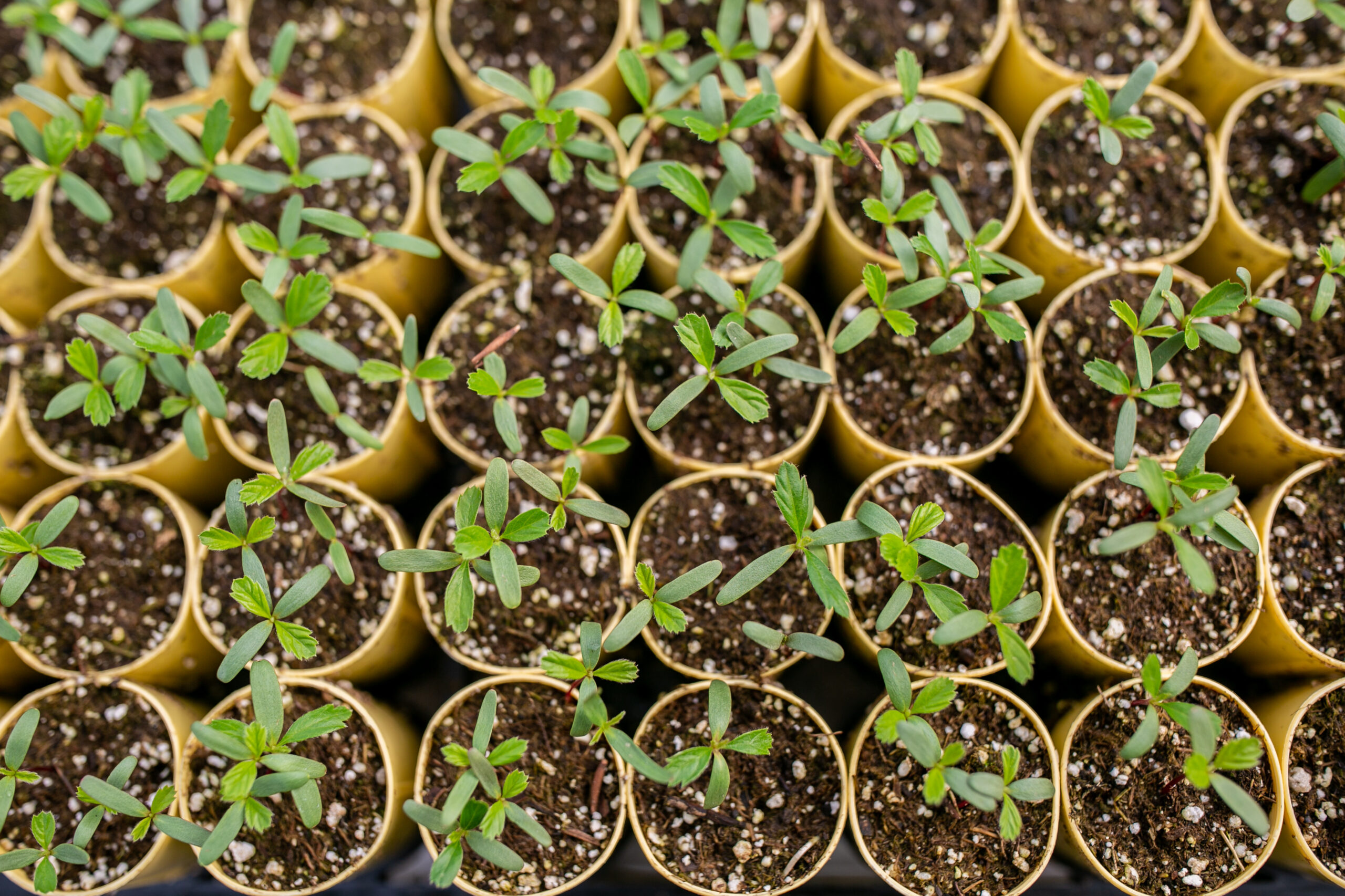
The International Day of Forests in March was a timely reminder of the critical role trees play in our environment. Here in Colorado, we face a significant challenge: millions of acres need reforestation due to climate change and human impact.
OneCanopy, founded in 2023 by Fort Collins native Kevin Brinkman, hopes to be a seed of change. The innovative social enterprise is Colorado’s first reforestation company, tackling the challenge from the ground up – literally. The company’s focus is on growing native trees and shrubs specifically suited to the Rocky Mountain region.
“This International Day of Forests, we celebrate all the people and companies taking a proactive approach to reforestation in Colorado,” said director of operations and business development Katelynn Martinez. “We sponsor and partner with the Forest Stewards Guild because we align with their vision of an ecologically, economically, and socially responsible forest industry. As a triple bottom line company, those values are paramount to us.”
Reforestation company OneCanopy nurtures millionth tree
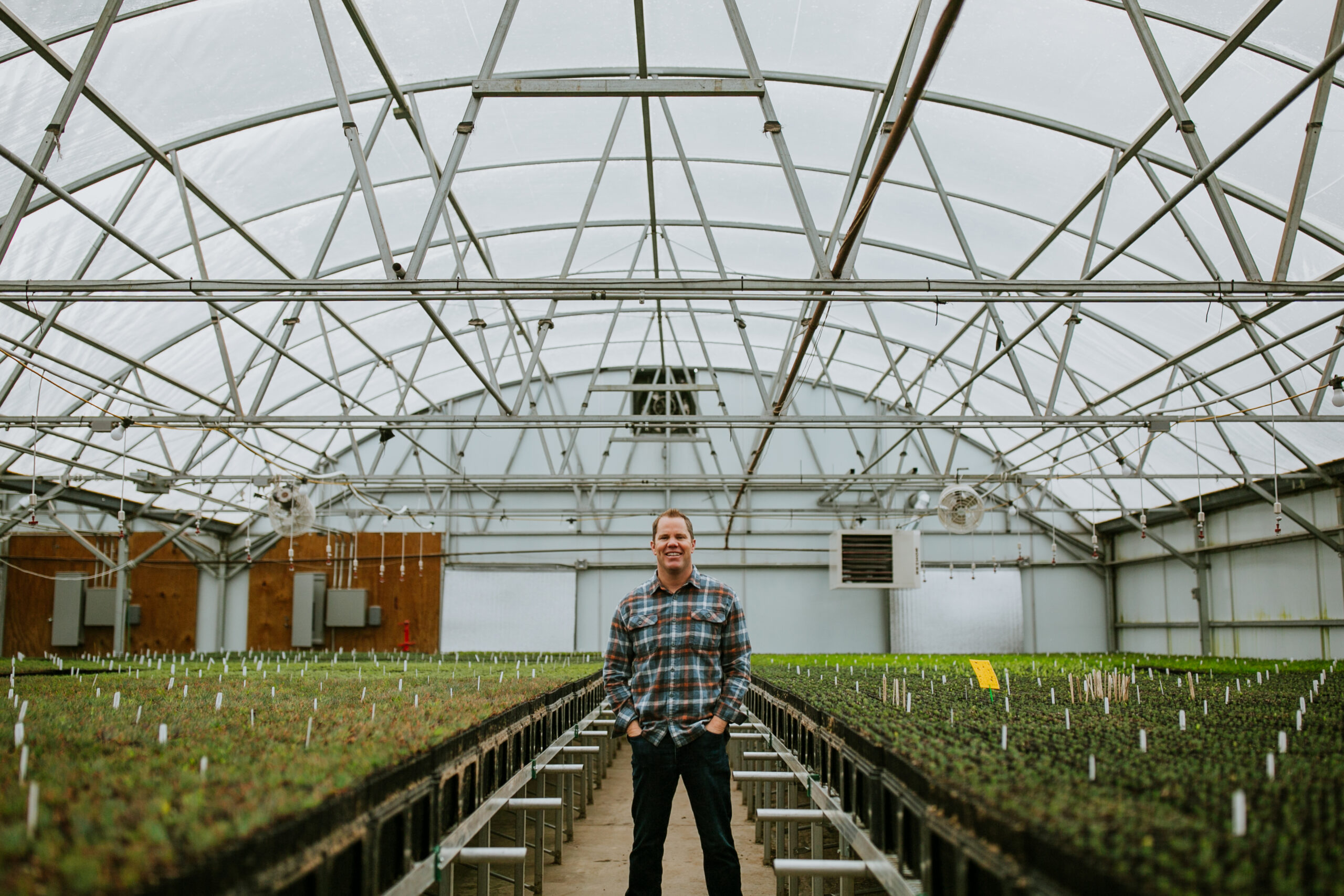
Reforestation company OneCanopy, which operates a greenhouse for native trees in south Loveland, has nurtured its millionth tree.
Of those, 185,000 have been planted to restore forests lost to beetles or fire; the remainder will soon join them over the course of the next several months.
In all, OneCanopy, the brainchild of Kevin Brinkman, hopes to grow and make available a million trees a year to help rebuild forests in the west.
Brinkman founded OneCanopy in 2023. It’s Colorado’s first reforestation company; its focus is on growing native trees and shrubs specifically suited to the Rocky Mountain region.
“This International Day of Forests (March 21), we celebrate all the people and companies taking a proactive approach to reforestation in Colorado,” Katelynn Martinez, director of operations and business development for OneCanopy, said in a written statement. “We need a massive commitment to reforestation to address the challenges we face.”
OneCanopy sprouts hope on International Day of Forests

OneCanopy, the region’s first privately funded reforestation company, will seed its millionth tree this year.
The International Day of Forests (March 21st) is a timely reminder of the critical role trees play in our environment. Here in Colorado, we face a significant challenge: Millions of acres need reforestation due to climate change and human impact.
OneCanopy, founded in 2023 by Fort Collins native Kevin Brinkman, hopes to be a seed of change. The innovative social enterprise is Colorado’s first reforestation company, tackling the challenge from the ground up—literally. The company’s focus is on growing native trees and shrubs specifically suited to the Rocky Mountain region.
“This International Day of Forests, we celebrate all the people and companies taking a proactive approach to reforestation in Colorado,” says director of operations and business development Katelynn Martinez. “We need a massive commitment to reforestation to address the challenges we face.”
OneCanopy FAQs

About Us
OneCanopy is a private entity which allows us a great deal of flexibility in who we do business with. We sell trees to private landowners, government entities, non-profits, other private entities, and many more!
Anyone who works professionally in the conservation, reforestation, or environmental restoration space is someone we would consider a partner! This includes government entities, nonprofits, and other private entities. Please visit our Partners page to see examples of those we’ve worked with in the past!
Yes! In fact – it’s our specialty! We work closely with our partners to develop contracts that meet their ecological and logistical needs. We work collaboratively to identify appropriate seed stock, container size, price, delivery, and payment schedules that work for all. Growing on contract allows us the flexibility to grow a wider variety of material for a diversity of projects. If you’re interested in a contract grow, please contact us directly.
Currently, our services are limited to the production of native plant material, and we do not offer tree planting or seed collection services, although we hope to offer these services in the future!
Currently, our services are limited to the production of native plant material, and we do not offer tree planting or seed collection services. We hope to offer these services in the future!
OneCanopy is a for-profit social enterprise wholly owned by a private foundation, allowing us to operate like a nonprofit in many ways! We can accept donations, as well as volunteers.
As a social enterprise, we measure our success not just by profit, but by our impact on our communities and planet. All profits earned are reinvested into the company to broaden our impact and mission.
For upcoming volunteer opportunities, please sign up for our newsletter! If you would like to arrange a corporate or group volunteer event, please contact us directly at info@one-canopy.com.
Most of our volunteer opportunities are focused on seeding, weeding, and general maintenance around our nursery property in Loveland.

Our Trees
There are several steps we take at the nursery to ensure our plant material has the best chance for survival in the harsh Rocky Mountain climate.
First, our plant material is grown from seeds sourced in the region. These seeds are collected from parent trees which have evolved in the arid conditions of the Rocky Mountains and are therefore better adapted for these conditions. This process is different from some trees you may purchase from other nurseries where the parent trees are likely from the Pacific Northwest where temperatures are much more moderate and less arid.
Second, we ensure our seedlings go through rigorous climate conditioning before leaving our nursery. This includes ample exposure to all elements, including extreme heat, cold, and drought conditions. Stressing the seedlings while they are in our care helps to ensure they are “hardened off” before we pass them on to our customers.
Our seed is sourced from a variety of small, private collectors in the Rocky Mountain region. On occasion we receive seed from our collaborative partners, however this seed is typically restricted in use.
We are always interested in building our network of seed collectors and vendors in the Rocky Mountain region. Please contact us if you have seed available for sale.
We grow most of our trees in 10 cubic inch containers that are 8.25 inches in depth. In most instances, you can expect your tree to have 8 inches of above-ground mass, as well as an 8-inch root ball.
We do grow trees beyond this size on a contractual basis. If you are interested in a contract grow, please contact us!
The answer to this question depends on many factors, often determined by the current and past conditions of your location, as well as future goals for the landscape. OneCanopy is happy to help you identify the most appropriate species and planting density for your area.
Correctly timing your tree planting is critical to the survival of your seedlings! Desiccation (drying out of the seedling) is a common cause of mortality in young trees. Desiccation is often caused by warm temperatures and low precipitation. Because of this risk, we typically recommend planting in the spring or fall when temperatures are moderate and precipitation is likely. We tend to see higher survival with fall plantings as soil temperatures are still warm, allowing roots to quickly establish, and precipitation is more likely.

Ordering
Please visit our Current Inventory and Pricing & Ordering pages for the most up-to-date inventory and pricing. The first step to placing an order is Requesting a Quote.
Please note that we offer special pricing for collaborative partners. Contact us directly for more information.
Our minimum lot size is 25 trees and may only contain one species. At this time, we do not offer mixed lots.
Yes! We offer flat rate shipping for private landowners in the Rocky Mountain region. Please visit our Pricing and Ordering page for more information.
We offer a variety of shipping/delivery options for our collaborative partners, please contact us directly at to discuss more.
Payments can be made via credit card or check.
We are open Monday through Friday 7 a.m. to 3 p.m., however, our nursery is not open to the public at this time. Please call, email, or visit our website with questions or to place an order.
OneCanopy Quarterly Update - Q1 2024
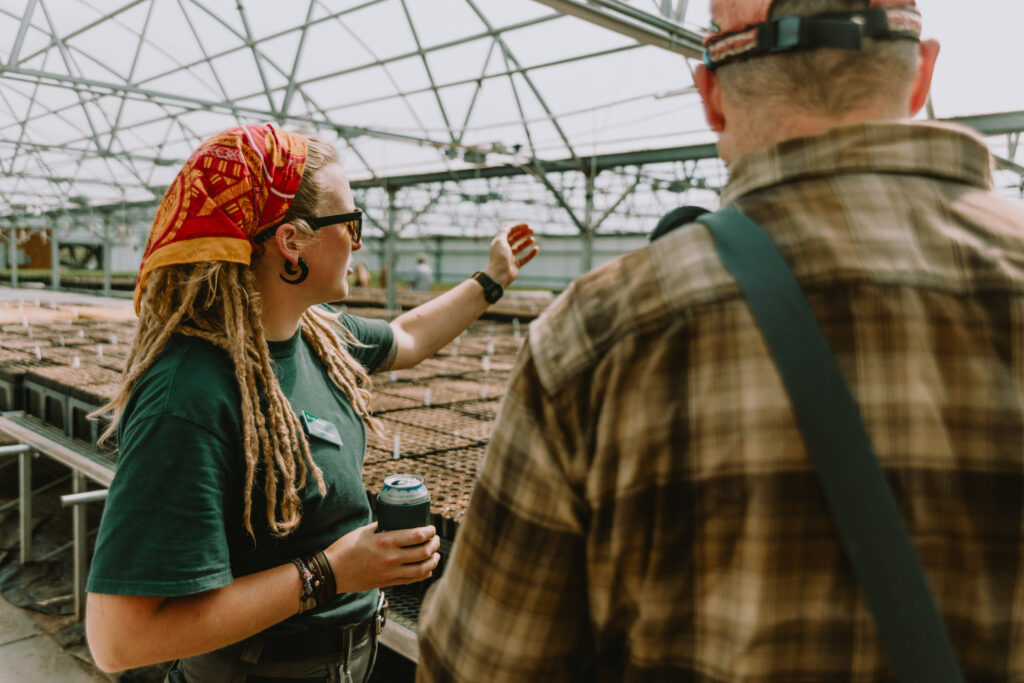
OneCanopy is currently looking to partner with conservation districts, private nurseries, and carbon credit companies throughout Colorado and Wyoming. These partnerships have been critical in our conservation and reforestation efforts throughout the Rocky Mountain region. Please contact us at info@one-canopy.com for more information.
Find spring ordering information and more, including project highlights, container recycling, and team updates in this quarter’s eNewsletter!
OneCanopy Quarterly Update - Q4 2023
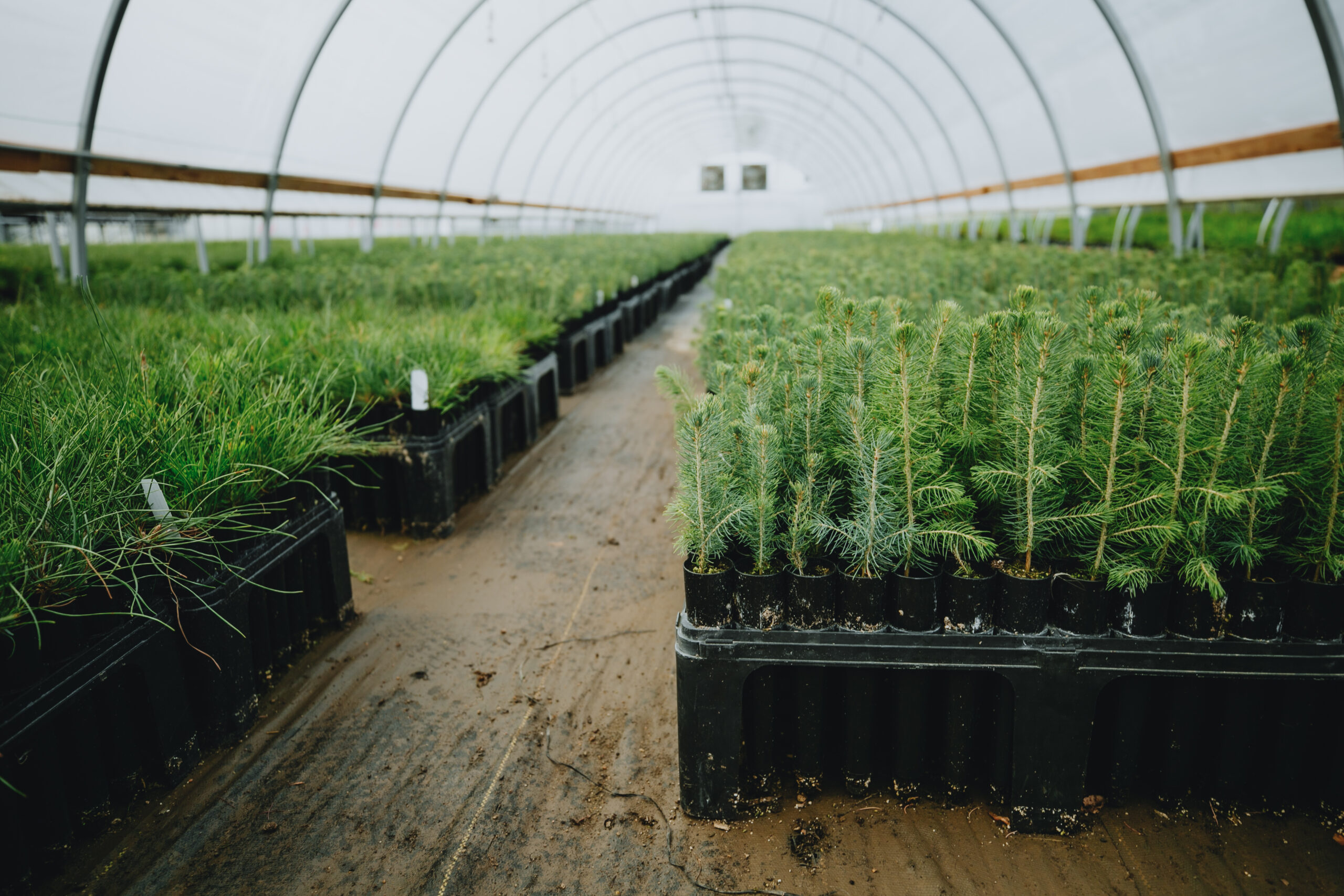
Our Colorado-grown seedling trees and shrubs are available for pre-order for your spring 2024 reforestation planting! Our 2024 pallet includes a larger selection of species as we aim to provide plant material for full ecosystem restoration.
Find spring ordering information and more, including project highlights, container recycling, and team updates in this quarter’s eNewsletter!
OneCanopy teams up with C Lazy U Ranch on East Troublesome Fire reforestation project
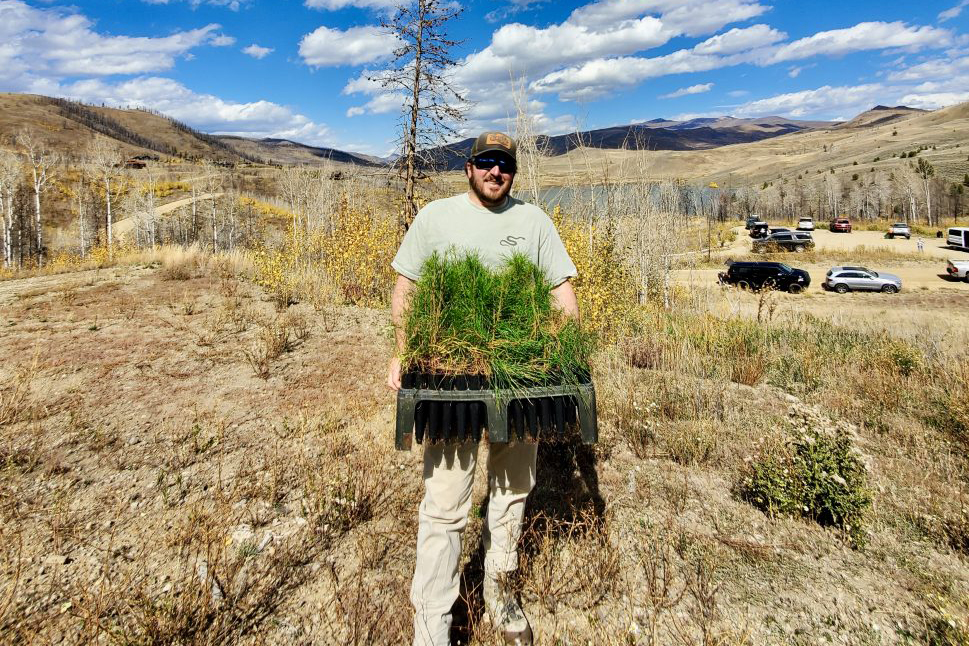
The C Lazy U Ranch in Granby, CO had 6,000 acres impacted by the East Troublesome Fire in 2020. In early October 2023, 40 OneCanopy volunteers planted 1,600 trees to help bring this landscape back to life.
The East Troublesome Fire ignited Oct. 14, 2020, changing the landscape and lives of Grand County residents. C Lazy U Ranch in Granby was in the fire’s path. On Oct. 21, the fire exploded across Colorado Highway 125, right through C Lazy U.
Since the fire, the ranch’s owners, employees and even guests have worked to restore the damaged landscape.
Nature does a great job of healing itself, as shown by grass and aspens growing in the former barren landscape. But nature often needs a helping hand. On Oct. 1, 2023, C Lazy U staff and volunteers teamed up with OneCanopy to plant 1,600 new trees in the burn scar.
Katelynn Martinez named 40 Under Forty honoree

OneCanopy’s director of operations and business development, Katelynn Martinez, was named a 40 Under Forty honoree by BizWest. The award recognizes young professionals making a mark on their communities through professional success and volunteer efforts.
Connections were the key to success for Katelynn Martinez.
While completing work toward her master’s degree in business administration at Colorado State University, she said, “I connected with Kevin Brinkman, a local entrepreneur aiming to establish a reforestation venture. Leveraging my nine years of prior forest management experience in governmental agencies, I contributed valuable insights to this initiative. Within OneCanopy, I progressed from impact investment manager to director of business development and operations.”
Martinez’s key achievements encompass defining the company’s social enterprise framework, devising strategic goals, team recruitment, and securing a suitable property. In less than two years, the pioneering reforestation firm has cultivated more than 500,000 trees for Rocky Mountain reforestation efforts, partnered with more than 300 entities – including government bodies, nonprofits and private landowners – and overseen 1,000 volunteer hours at its Loveland nursery.
Martinez received scholarships such as the CSU College of Business’ Sustainability Scholarship for her conservation and forestry work, and has completed wildland firefighting training, along with certificates in carbon management and permaculture design.
Her community service centers on uplifting people, animals, and ecosystems. She prioritizes education for underserved communities, particularly through active engagement with the Samburu Youth Education Fund. She also initiated projects promoting outdoor experiences for youth, including one such effort that brought 50 Loveland grade schoolers to Sylvan Dale Guest Ranch so they could foster interest in natural resource careers while aligning with state science standards.

